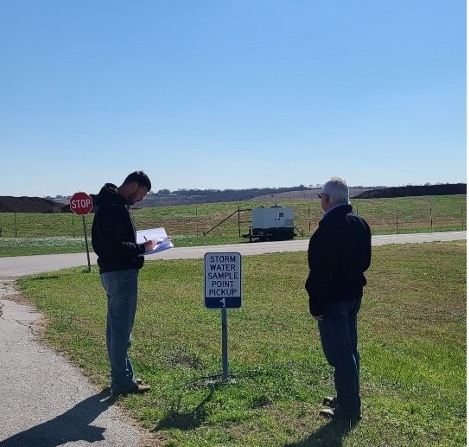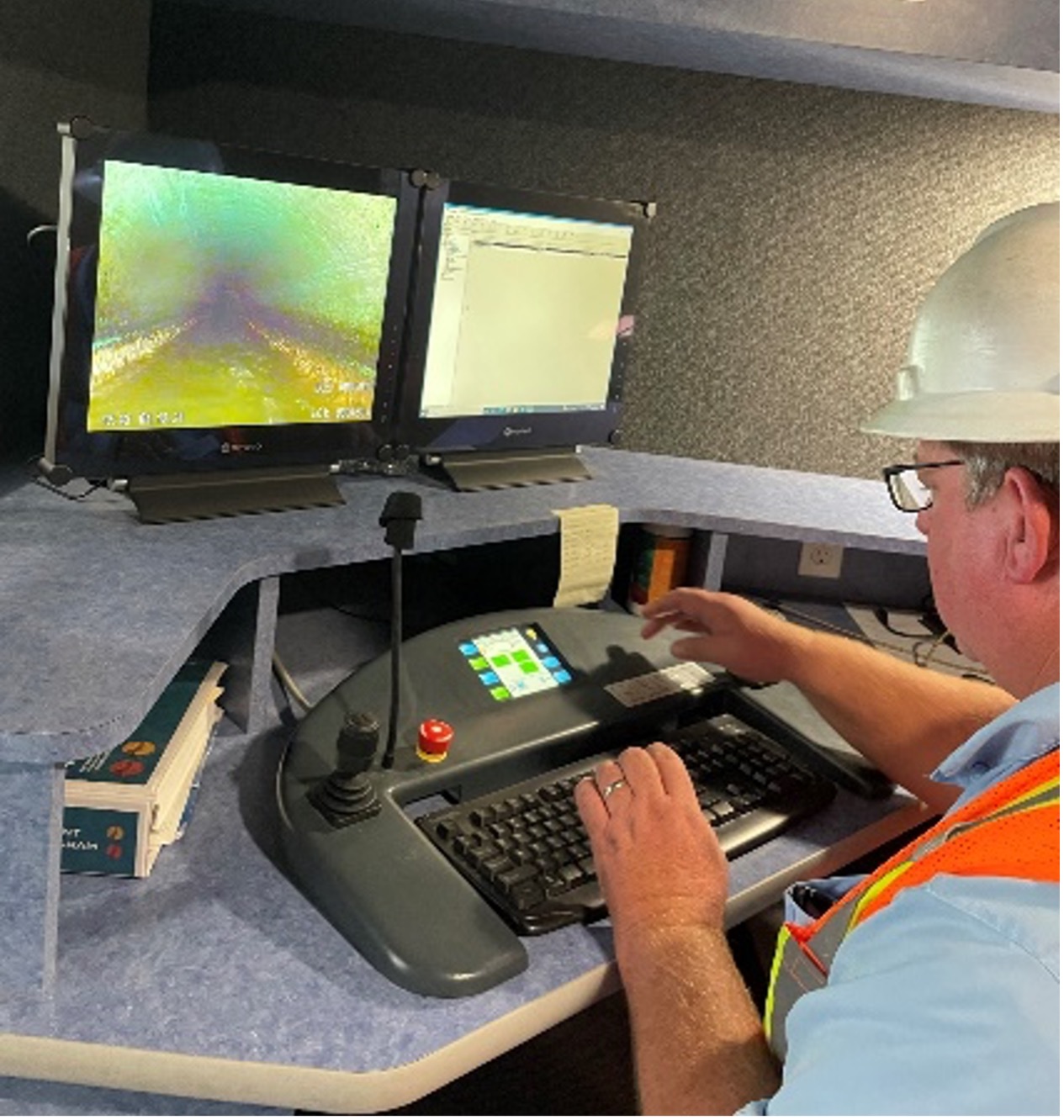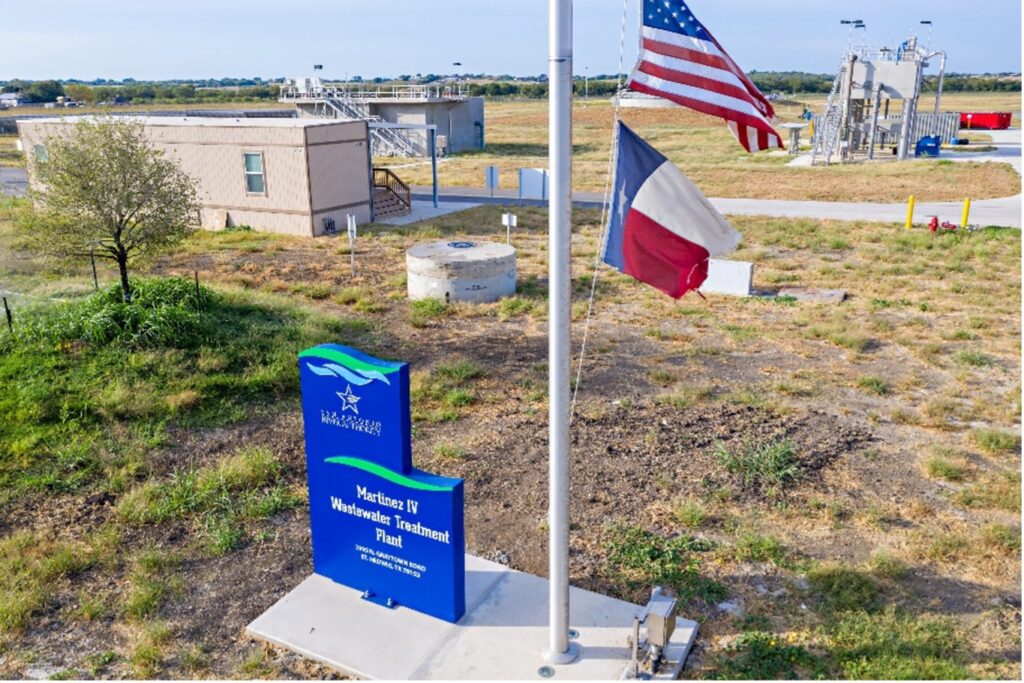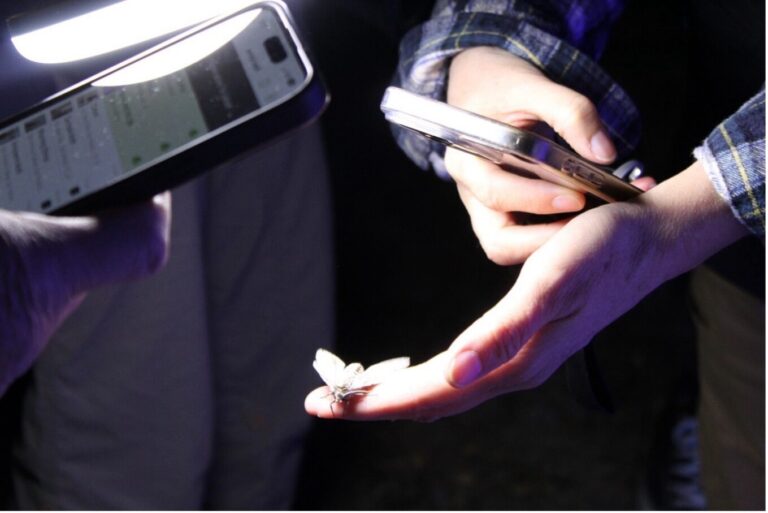Last Updated on January 30, 2024
Welcome to our fifth and final installment of the San Antonio River Authority (River Authority) Utilities series. As we outlined in the introduction to this series, we are sharing what each team within our wastewater utility does, why it is essential, and how it impacts you!
In past blogs, we explored how the River Authority’s Maintenance Team keeps the grounds and equipment in top shape, how the Operations Team manages the wastewater treatment process, how the Development Team supports new sewer infrastructure, and how the Collections Crew helps maintain the sewer pipelines. Today’s blog is the final piece of the River Authority Utilities puzzle, featuring the Quality Control Team!
What does the Quality Control Team do?
The Quality Control Team works hand in hand with the operations and collection teams. This team reviews and evaluates the work produced by their partner teams before it is finalized and/or submitted. They have two main focuses, the first being everything related to the Texas Commission on Environment Quality (TCEQ). Their second area of focus is an industry-standard program called CMOM or Capacity Management Operations and Maintenance. In contrast to many of the teams within the department, the Quality Control team reports to an office daily.
Quality Controlled Reporting
Like licensing requirements of some positions within the department, the River Authority must have and maintain permits and adhere to a reporting schedule to stay in compliance. Every wastewater treatment plant (WWTP) in Texas must have a permit to operate. There are multiple types of permits — mainly differentiated by the size and capacity of wastewater a plant can treat. Each permit also has reporting requirements that are due to TCEQ. As the regulatory agency, TCEQ requires the results of testing done by the operations team to be turned in on a monthly, quarterly, or annual basis. Why is all of this needed, you might ask? The data submitted to TCEQ reassures regulators that either the WWTPs are running smoothly or there may be a potential issue.
Daniel Flores, Quality Superintendent, submits required reports to the Environmental Protection Agency (EPA).
Daily, the Operations team records testing results and general information regarding the wastewater treatment process for the Quality Control team to review. In addition to the reporting from operators, the team receives reporting from laboratories. Testing that cannot be done on-site is sent to certified laboratories to be processed. Examples of recorded data and testing that the team receives include the volume of wastewater treated daily, average monthly flow, maximum and minimum ammonia and oxygen, E-Coli levels, and much more.

Daniel Flores and Bobby Guerra Quality Control team members review the Stormwater Pollution Prevention Plan—a TCEQ requirement.
The quality control team both compiles and reviews the information before submission. Review and quality control are essential because mistakes can happen. For example, we likely all remember a time in the past when we mixed up a number or forgot to put a decimal point. The quality control team helps ensure the River Authority’s reporting is timely and accurate. In addition to routine reporting and monitoring, the team is responsible for submitting reports when things go awry. Examples include the amount of wastewater that comes into a plant exceeding the allotted amount allowed by permit or when a sanitary sewer overflow (SSO) occurs.
CMOM Review
The second big area of focus for the Quality Control team is the industry-standard program called CMOM or Capacity Management Operations and Maintenance. This systematic approach guides the department on when collection pipes need cleaning, maintenance, repair, or possible replacement. The collections crew sends a CCTV camera down a maintenance hole into the pipeline. Think of a small remote-control car with a camera attached to a long line. The Collection crew reviews the footage in real-time through a computer station in the truck for initial review. If something alarming is noticed, immediate action is taken. Otherwise, the footage is passed over to the Quality Control team to review.

Collection Crew reviewing initial footage inside CCTV Van
You might be wondering: why must the CCTV footage be reviewed twice? This is because the Quality Control team looks at the footage with a different lens. They grade each pipe based on the level of grease build-up or deterioration. Each pipe may have additional requirements and needs. For example, a pipe near a restaurant may need more frequent cleaning than a pipeline next to a community park. This grading of these lines helps create a routine cleaning schedule or identify small or large repairs. For example, the collections crew can help complete minor point repairs. However, extensive repairs may require inclusion in the Utilities Capital Improvements Program. The Quality Control team provides balance through their checks or second set of eyes. They play a supportive role for each unit within the Utilities Department, the River Authority as an agency, and beyond.





